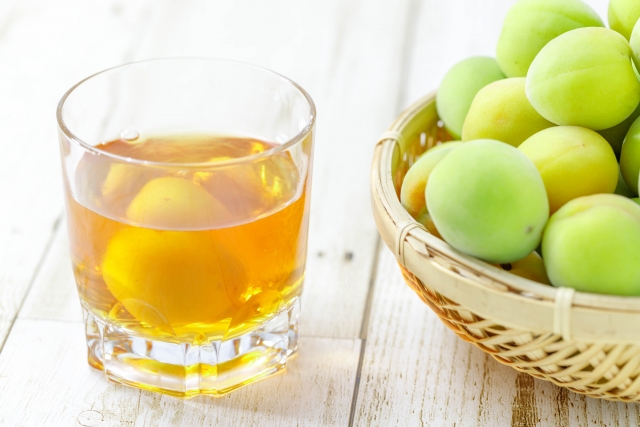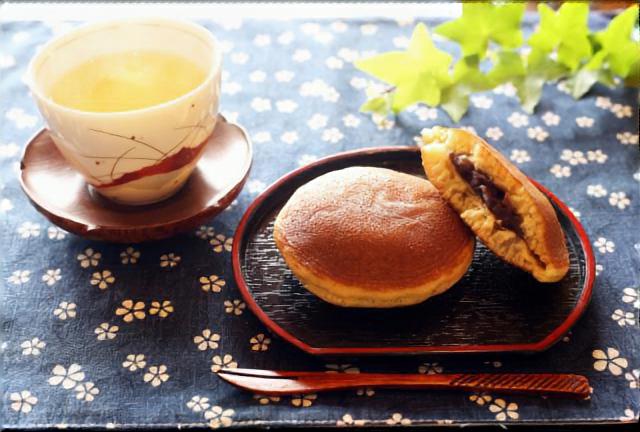
The winter season in Japan is very cold, and snow accumulates in the eastern part of the Japanese archipelago. In the west area, it doesn't snow much, but the temperature is low and you can't let go of the down coat.
Even within the same Japan, there are differences in temperature. Since winter wagashi has a custom of slowly eating sweets in a warm room, there are many wagashi with a relatively high sugar content. Now let's take a look.
List of Japanese sweets to enjoy in the winter season
In winter, there are many Japanese sweets that use bean paste. Many families get warm in Kotatu due to the Japanese winter lifestyle. There are many Japanese sweets that you can eat with a kotatsu.
Amanattou
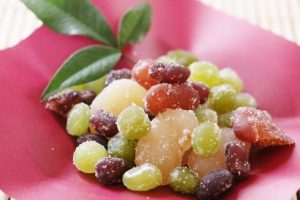
Japanese confectionery made from beans and other ingredients soaked in sugar.
It was invented in Edo at the end of the Edo period in the late Edo period. It is confused with fermented natto, which is different from amnatto.
In the Edo period, since the skin does not break even if it is boiled (the belly does not get hungry), Daisaku beans (sasage beans), which were used as red beans in happy beans, were not paid attention as a raw ingredients for confectionery and were cheap. A confectioner who paid particular attention to the question, "Is it possible for ordinary people to make easy and delicious confections?"
It's a caring, simple Japanese sweet.
In the era when there was no refrigerator, easy and long-lasting delicious sweets were appreciated and spread from Edo to all over Japan. Therefore, there are Amanatto shops all over Japan even today.
Mitarashi-Dango,Red bean paste-Dango

Mitarashi Dango is generally covered with sweet soy sauce.
Dango is loved by both adults and children for its sweetness and saltiness.
The origin of Mitarashi Dango is "because the skewered dango were sold at Shimogamo Shrine in Kyoto where the Mitarai River runs." If you like Dango, you would like to visit the “Mitarai Festival” at Shimogamo Shrine in Kyoto.
And the red bean paste Dango is a Dango with sweet red bean paste on top of baked and steamed Dango.
Mitarashi Dango and Anko Dango ... Does white Dango have a taste? I think, but unfortunately there is almost no taste.
we are eat it with Mitarashi and red bean paste. Other than that, there are "Sesame Dango" with kneaded sesame on top and "Kinako Dango" sprinkled with kinako.
Kintuba

It is a Japanese confectionery made by baking reb bean paste hardened with kanten with a dough made from wheat flour.
There are also sweet potatoes and kintuba that use sweet potato bean paste.
The skin of the thin dough has a slight fragrance and a lot of bean paste, but it is neither yokan nor manju, and the taste of a golden brim that can only be tasted with "Kintuba". It is a sweet Japanese snack with a gentle taste that you can easily and comfortably eat, rather than an elegant tea snack.
Monaka

A type of Japanese sweets. A red bean paste sandwiched between thin skins made of sticky rice grains. It is said that it was invented during the Edo period, and at that time it was called the middle moon. To make the innermost skin, knead glutinous rice flour with water, steam it, then spread it thinly and bake it in a baking pan. Put red bean paste on this skin and combine the other middle skin.
Oshiruko

A dish in which mochi, Shiratama-Dango, etc. are added to "azuki soup" made from high-moisture koshi bean paste or mashed bean paste is called "shiruko". However, in Osaka, some people call the soup powder made in Japan "high-moisture koshi bean paste no Zenzai". It's quite complicated.
It seems that "Oshiruko" has been around since the Edo period. Initially, it wasn't sweet, it was seasoned with salt and served as a snack for sake. It doesn't seem like the sweet foods we have today.
Manjyu

The Japanese-style confection "manju" that has been popular with Japanese people since ancient times. The red bean paste is wrapped in the skin made by kneading flour etc., but the types are really different. Steamed Manjyu, steamed manjyu, grilled Manjyu and fried manjyu are typical, but recently, manjyu with a texture such as Karinto manjyu are popular.
There are many steamed Manjyu, but tea Manjyu, brown sugar Manjyu and sake manjyu are sold. Depending on the region of Japan, manjyu are sometimes prepared as souvenirs at ceremonial occasions. It's relatively easy to buy because it's sold everywhere.
Karinto

Karinto is a cake made by kneading flour, sugar, etc., fried in oil, dried with honey of brown sugar or white sugar and dried.
Each region of Japan has a distinctive shape and taste.
In the Kanto region, there are many soft, white sugar-like long and small items, and in the Kansai region, there are many hard and large karinto.
It has a twisted shape.
Karinto became widely eaten after the late Edo period. It is said that the Karinto seller, which sells and sells Karinto, became popular during the night.
Recently, there is Karinto which can be made by kneading vegetables as a food ingredient.
Dorayaki

Dorayaki is a Japanese sweet consisting of two round castella dough sandwiches with red bean paste. Dorayaki, which is famous as a favorite of Doraemon. There are various theories, such as this name because it resembles the gong of the musical instrument, it originated when the gong was used as a frying pan. Put honey in the dough and bake to make a moist castella dough. Dorayaki comes out in Doraemon animation. Dorayaki is known to children as Doraemon's favorite Japanese sweets.
Since it is a Japanese sweet that is sold all year long, it is also sold at the food floors of department stores and convenience stores. In addition to red bean paste, there are various types of dorayaki, such as the dorayaki that contains Cherry Blossoms bean paste and matcha bean paste, and the difference between high-moisture koshi bean paste or mashed bean paste.
In winter, there are many wagashi made with red bean paste.
Looking at the list of winter sweets, you can see that there are many sweets that use red bean paste.
Since I often eat with a little bitter and warm green tea, it may be that there are many suger in Japanese sweets.
By the way, I introduced seasonal sweets for spring, summer, autumn and winter.
There are so many Japanese sweets I can't cover, but I would like to introduce Japanese sweets little by little.
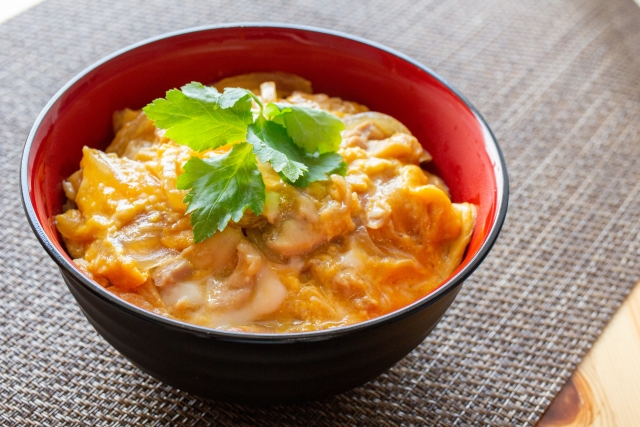
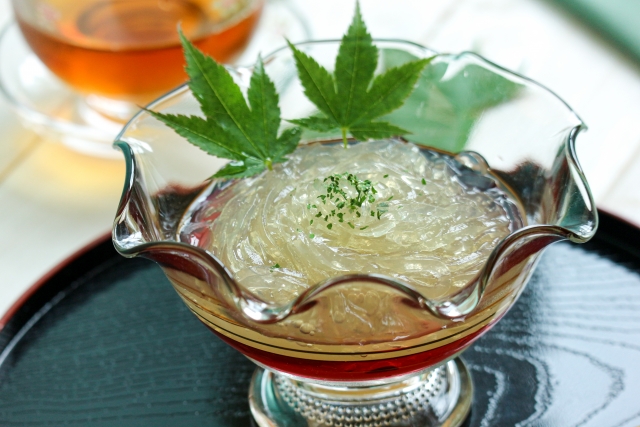
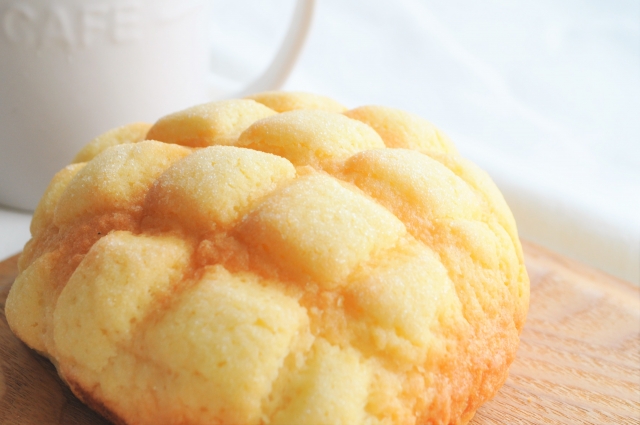


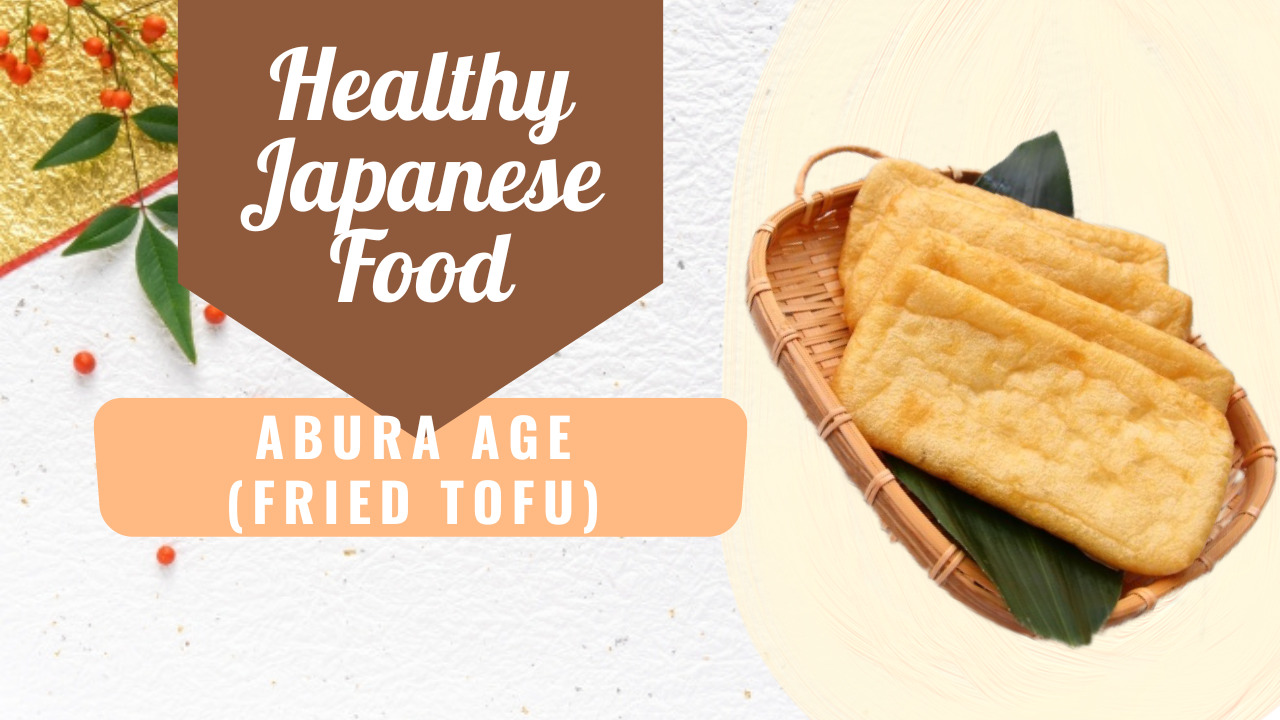

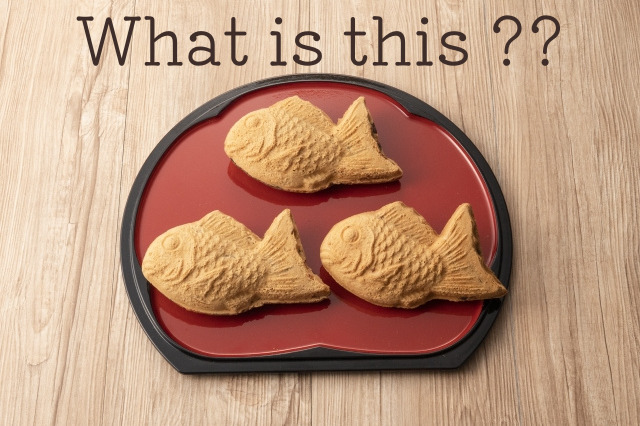








![●[Sashimi Konnyaku] and Japanese original konnyaku culture.](https://healthyjapanesefoods.com/wp-content/uploads/2020/06/1783186_s-1-150x150.jpg)

